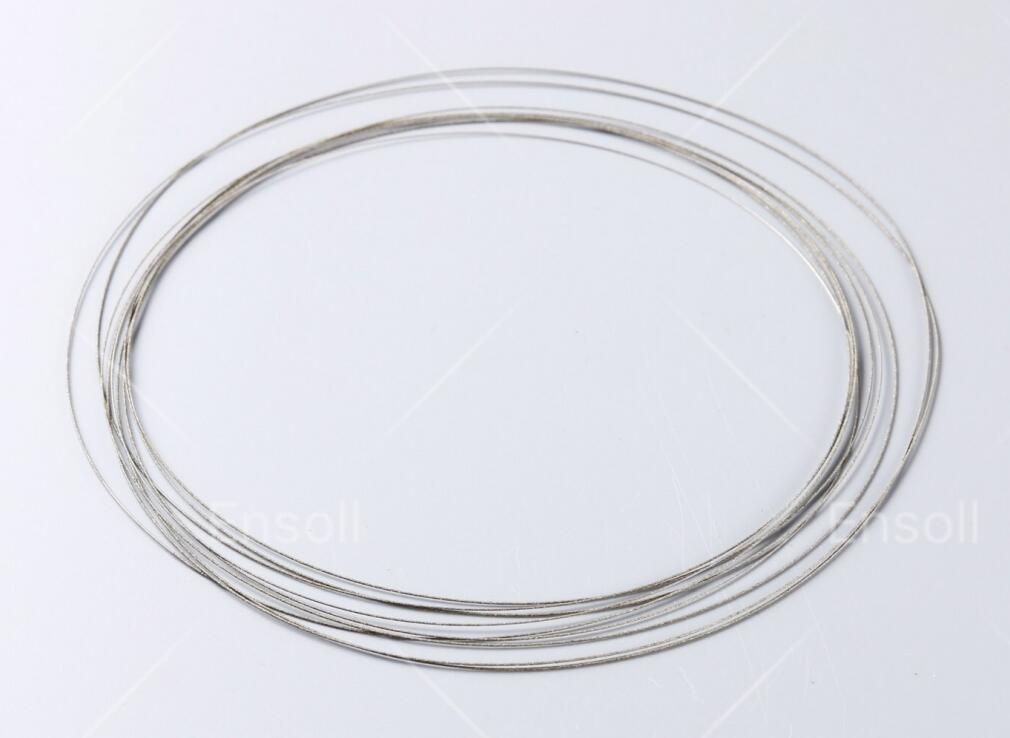- Joined
- Oct 29, 2012
- Messages
- 1,328
I exhausted myself trying to think of ways to do a continuous loop prior to going down this route and now (for this revision at least) I'm committed to the reversing. In the semiconductor industry where the wire I'm using comes from, I believe even they do it by reversing.do you have to reverse? is there no way to braid the line together like they do for eye's on big steel cables, and on ships lines? where you open the wire and braid it together. I know it will be thicker, but how do they do it for the professional machines?
Subsea and mining operations both use the same kind of wire but they differ in how they join the ends to make a continuous loop. They both use wire that is a steel wire rope (steel "cable") that has diamond-sintered beads threaded onto it, and those beads are separated by springs and then crimped onto the cable. Usually rubber is extruded over all of this, but not always.
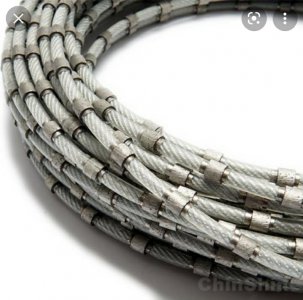
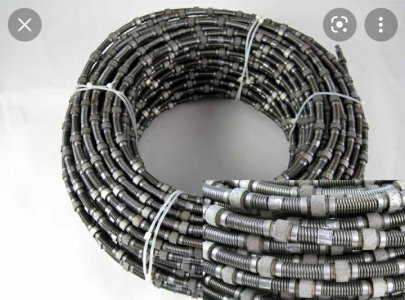
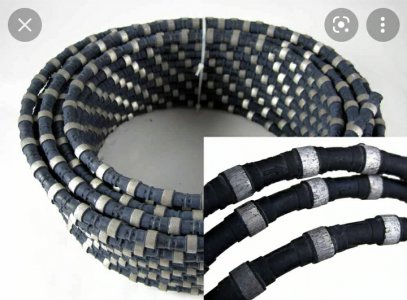
In the case of mining, the wire ships from the manufacturer on a spool with two free ends just like any other wire/cable. The operators onsite cut the wire to the length they need and then crimp the two ends together with a swivel joint that is something like universal/cardan joint.
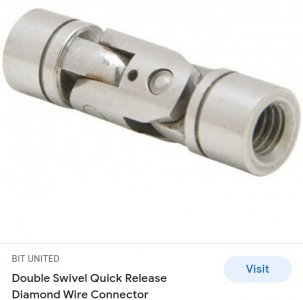
Because the crimp connector is smaller diameter than the diamond beads, it doesn't get hung up in the cut.
For subsea operations, the wire is manufactured custom order for the specific loop size you require for your tool, as an actual continuous loop. They do in the way I think you were referring to, similar in concept to how a flemish eye works:
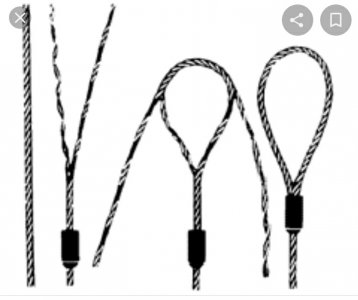
They will separate the 7 main strands of the inner cable and cut each one some distance (ex: a foot) longer than the last, on both ends, thread the beads over it and compress the springs, then weave the two ends of the cable together with one another such that their 7 staggered cuts butt up to each other in 7 different spots. Then they release the springs and space the beads out evenly around the loop, and crimp the beads. This loop is extremely difficult break.
Joining the ends of 0.3mm wire without creating any kind of knot is (unless there is something I've never heard of) effectively impossible. I worked with some resistance welders in the wire & cable industry that could join the ends of copper wire together but this was much larger diameter wire and the joint was not perfect. It had to be filed down by a person after. I can't imagine doing it to 0.3mm wire.
The most workable idea I had was to make a continuous loop of single strand wire by wrapping it around itself at a set interval as you make the loop, and go over it several times (7 times maybe? Like a wire rope?) like I've done here with twine:
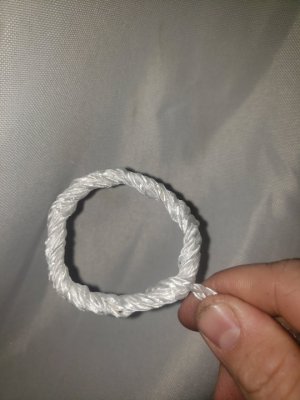
The ends of the wire could be tucked into the interior of the "cable" and secured there somehow (solder?). But I think this would not work for the following reasons:
- Most of the diamond coated surface is unused, buried inside the bundle/cable.
- Those diamond coated surfaces on the interior will be abrading each other as the cable flexes. It would probably chew itself up from the inside out.
- The ends of the wire would probably find their way out of the interior of the bundle and get hung up in the cut.
- The "cable"/bundle would have no inherent internal support. No incentive to remain round like a cable. As it gets into a slot cut by itself, it will probably want to flatten out like a tapeworm.
If you have other ideas I'm glad to hear them, but I probably won't try them until later, as I've already gone past the point of no return in this specific direction.
Last edited:


